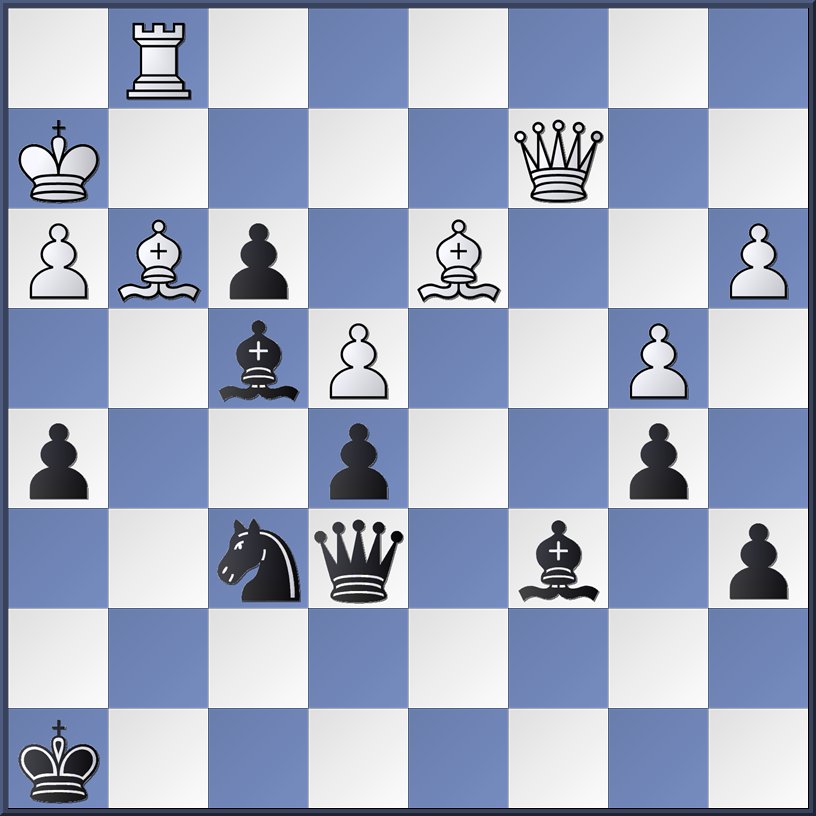After a nice long blogging silence (I just couldn't be bothered to post anything!), I am keen to get going again on my hopelessly long review summary of Campbell's book. Let's start again on lucky number 13! We are presently in the thick of DC’S list of Justification Theory’s intrinsic difficulties (please see earlier posts for qualifications about what is, and is not, meant by 'Justification Theory'.
A summary review
PART 13of Campbell, Douglas A.
The Deliverance of God: An Apocalyptic Rereading of Justification in Paul. Grand Rapids, Mich.: Eerdmans, 2009
We complete, today, Campbell’s list of intrinsic difficulties as they relate to Justification theory.
6.
Christology and Atonement. ‘Justification theory does not explain why Christ must atone as against other people or things, and especially, in the place of the established temple cultus’ (49). If transfer of punishment is the basis of the atonement, if the key is to make atonement possible and to provide it, why Christ? God surely could have ‘sent a very large bull to atone for the sins of the world’ (49) – perhaps a number, sacrificed weekly or daily, or hourly?
Of course, this discussion necessarily leads to an engagement with Anselm’s
Cur Deus Homo (remember, the point here is not whether Paul could have anticipated Anselm, but to what extent JT works at a theoretical level), and for those of you not familiar with his argument may like to read
this. In a crude nutshell: Given the debt of human sin, only God can make satisfaction, no number of large bulls will work) so God incarnates himself in the form of a man to pay off this debt in his death on the cross.

A closer look at a key presupposition is required, namely its notion of wrongdoing as ‘a sort of negative currency’ (51 - for justice to be exacted on, for example, a rapist, it is not necessary for the rapist to be raped. Rather, some ‘price’ must be negotiated for the crime). But is it valid, DC asks, ‘to apply such an intermingled economic-equivalence view of punishment to
all wrongdoing – and, most importantly, to offenses against God’ (52)? This reduces reality to economic terms, and the Christian church has indeed rightly opposed the notion that ‘all human action is essentially economic’ and that people are ‘fundamentally economic units’ (52). Further, ‘[f]or God to receive a payment from Christ’s death sufficient to pay for the sins of the world, we must then in effect posit a marketplace
within God ... [thereby positing] a fundamentally economic view, not merely of reality, but of God Himself!’ (53). What is more, is the metaphorical transition from the
value of Christ, to his death understood in terms of
price justified (as some maintain, a fundamental difficulty with Marxism is that value is not directly equivalent to price). I can value a freshly ground Panama bean espresso coffee much more even than an expensive Ferrari car, for example! DC gives another example: ‘We value a stable global climate highly, but cannot pay anyone with it’ (54). Yet Anselm requires an equivalence between value and price.
Now monetary imagery is indeed Pauline, but this is used
metaphorically not literally – as is necessary for Anselm’s theory to hold good. So, the ‘Anselm defence’ fails to come to the defence of JT which anyway, in terms of satisfaction, operates in terms of strict equivalence (Jesus dies for me as I should die for my sin) rather than substituted payment.
7.
Faith. ‘Justification theory harbors a cluster of complex problems with respect to faith, in two main variations. The “Arminian” variant struggles to explain faith fully and, in particular, how individuals can actually exercise faith in order to be saved. The “Calvinist” variant can get beyond these difficulties by introducing revelation and election at the point of faith but then runs into further problems in relation to the privileging of faith and its gifting to individuals who have negotiated phase one ’
Couldn't put it better myself! He explains: ‘[a]lthough popular discourse uses the language of choice and free will ubiquitously in relation to matters of belief,
beliefs cannot in fact simply be chosen ... If we really hold something to be true [or untrue], then we cannot alter that simply by choice’. An act of will cannot alter our beliefs. If it is responded, in good Calvinist fashion, that faith is a gift, it must then be asked: why privilege ‘faith’ as the condition for salvation? Why not, in terms of the internal dynamics of JT, something else like ‘wearing a red T-shirt with “Jesus Saves” written on it (or the ancient equivalent)’ (56)? Why not love, hope, justice, or something else? Does it not strike one as arbitrary. Why not a simple set of works that all could accomplish? Further, what is the point of phase one if faith is then simply ‘given’? The logic of ‘faith’ in the system of JT thus breaks down for the Calvinist variant, while the Arminian option remains impossible.
For these seven reasons, JT ‘breaks down
internally’ as a soteriology, ‘
in strictly theoretical terms’ (37).
Labels: Review of Deliverance of God







